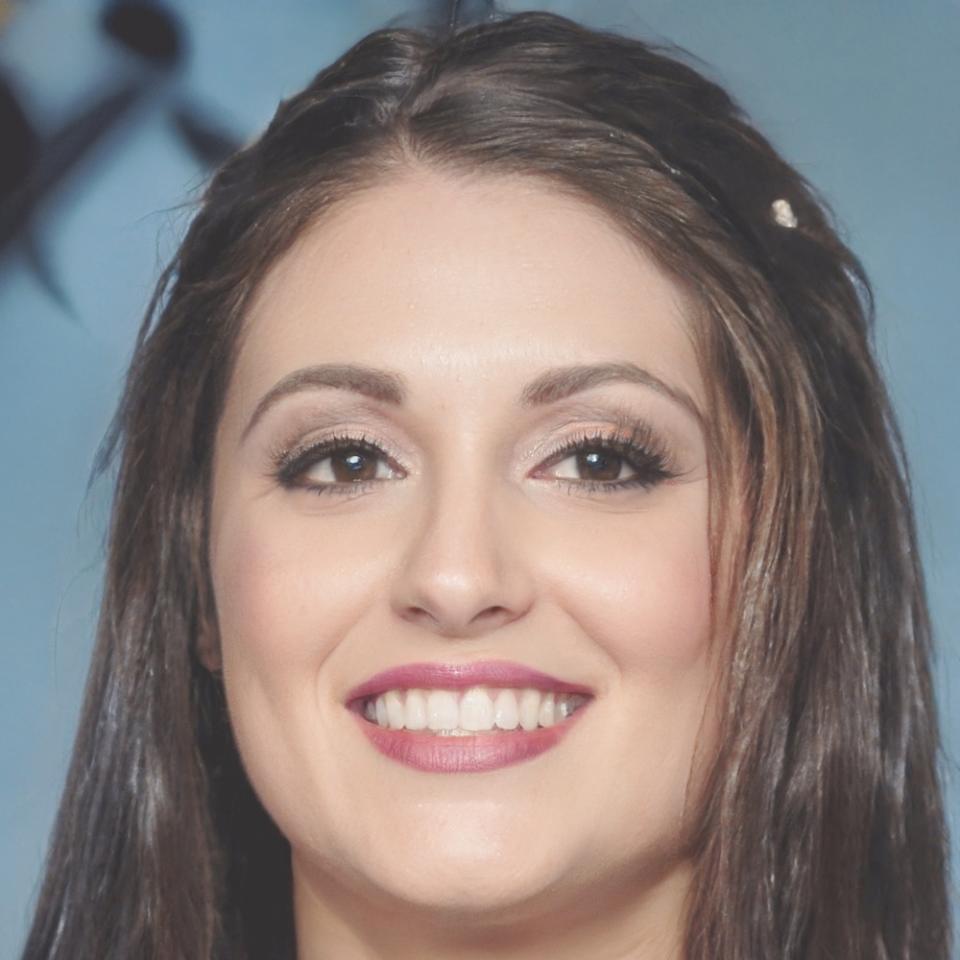Build Financial Models That Drive Real Decisions
Most spreadsheets tell you what happened yesterday. We'll show you how to build models that predict what happens tomorrow — and why finance teams across Australia rely on them for strategic planning.

How We Approach Financial Modeling
Building models isn't about fancy formulas. It's about understanding what questions need answers, and then structuring data to provide those answers consistently.
Business Logic First
Before touching Excel, you'll learn to map revenue drivers, cost structures, and operational constraints. Models fail when they don't reflect how the business actually works.
- Revenue architecture analysis
- Cost behavior patterns
- Operational bottleneck identification
- Assumption documentation methods
Scenario Testing
One forecast is just wishful thinking. You'll build frameworks that test multiple scenarios simultaneously — best case, worst case, and the twelve variations in between that actually matter.
- Sensitivity analysis frameworks
- Monte Carlo simulation basics
- Stress testing protocols
- Variance explanation techniques
Communication Design
Your model might be brilliant, but if executives can't understand the output in ninety seconds, it's useless. We teach you to present numbers that drive action.
- Dashboard design principles
- Executive summary structure
- Visual data storytelling
- Presentation deck optimization
What You'll Actually Learn
The program runs from September 2025 through February 2027. Each phase builds on the previous one, taking you from foundation concepts to complex valuation work.
Foundation & Structure
First six months focus on getting your technical foundation solid. Not just Excel functions — the thinking patterns that separate decent models from reliable ones.
Financial Statement Mechanics
How P&L, balance sheet, and cash flow actually connect. Where numbers come from and where they go. The links most people miss.
Model Architecture
Building structures that don't break when assumptions change. Input separation, calculation flow, error checking that catches problems before they reach management.
Working Capital Analysis
Cash conversion cycles, days outstanding, inventory turns. The operational metrics that show whether growth is sustainable or dangerous.

Forecasting & Valuation
Months seven through twelve move into forward-looking work. Building projections that hold up under scrutiny and valuation models that reflect economic reality.
Revenue Forecasting
Driver-based models that connect operational metrics to financial outcomes. Unit economics, pricing power, market saturation analysis.
DCF Methodology
Discounted cash flow from first principles. WACC calculation, terminal value estimation, sensitivity analysis. When DCF works and when it misleads.
Comparable Analysis
Using market multiples intelligently. Peer selection, normalization adjustments, understanding when comps tell you something useful versus just noise.

Skills That Transfer Beyond Spreadsheets
Financial modeling is really business analysis. The Excel part is just documentation. These are the thinking skills that make you valuable regardless of which software your next employer uses.
Assumption Validation
Learning to challenge your own thinking. Where do growth rates come from? Are historical patterns still relevant? What changed in the market that makes last year's data unreliable?
Risk Identification
Spotting what could break the model. Regulatory changes, competitive threats, operational constraints. Building in safeguards before problems surface.
Stakeholder Translation
Converting financial concepts for different audiences. What the CEO needs versus what operations needs versus what the board needs. Same model, different stories.
Version Control
Managing model evolution without losing your mind. Documentation practices, change tracking, audit trails. Boring but essential when models drive million-dollar decisions.
Program Structure
The next cohort begins September 2025. Eighteen months total, structured in progressive phases. You can't skip ahead — each stage builds essential understanding for what comes next.
Technical Foundation
Financial statement analysis, Excel proficiency, basic modeling structure. Getting everyone to the same baseline regardless of where they're starting.
Model Construction
Building integrated three-statement models from scratch. Working capital mechanics, debt schedules, circularities. Where most people realize modeling is harder than it looks.
Forecasting & Valuation
Driver-based projections, DCF analysis, comparable company methods. Moving from historical analysis to forward-looking work that guides decision-making.
Applied Projects
Real company cases, industry-specific challenges, presentation development. Taking everything you've learned and applying it to situations that mirror actual work environments.
September 2025 Intake Opens May
Applications for the next cohort open in May 2025. Limited to 28 participants to maintain proper instructor access. If you're interested, reviewing the full curriculum details now helps you decide if the time commitment makes sense for your situation.


